While walking the show floor at PV Operations Dallas 2019, which was coupled with Wind Operations Dallas, pv magazine USA got a great education in the “condition directed maintenance” that goes on a few hundred feet up in the school bus sized wind nacelles.
Enel’s David Grandi presented a vision of literally listening to sub-components within solar inverters, while also reporting on today’s state of inverter operations and maintenance (O&M).
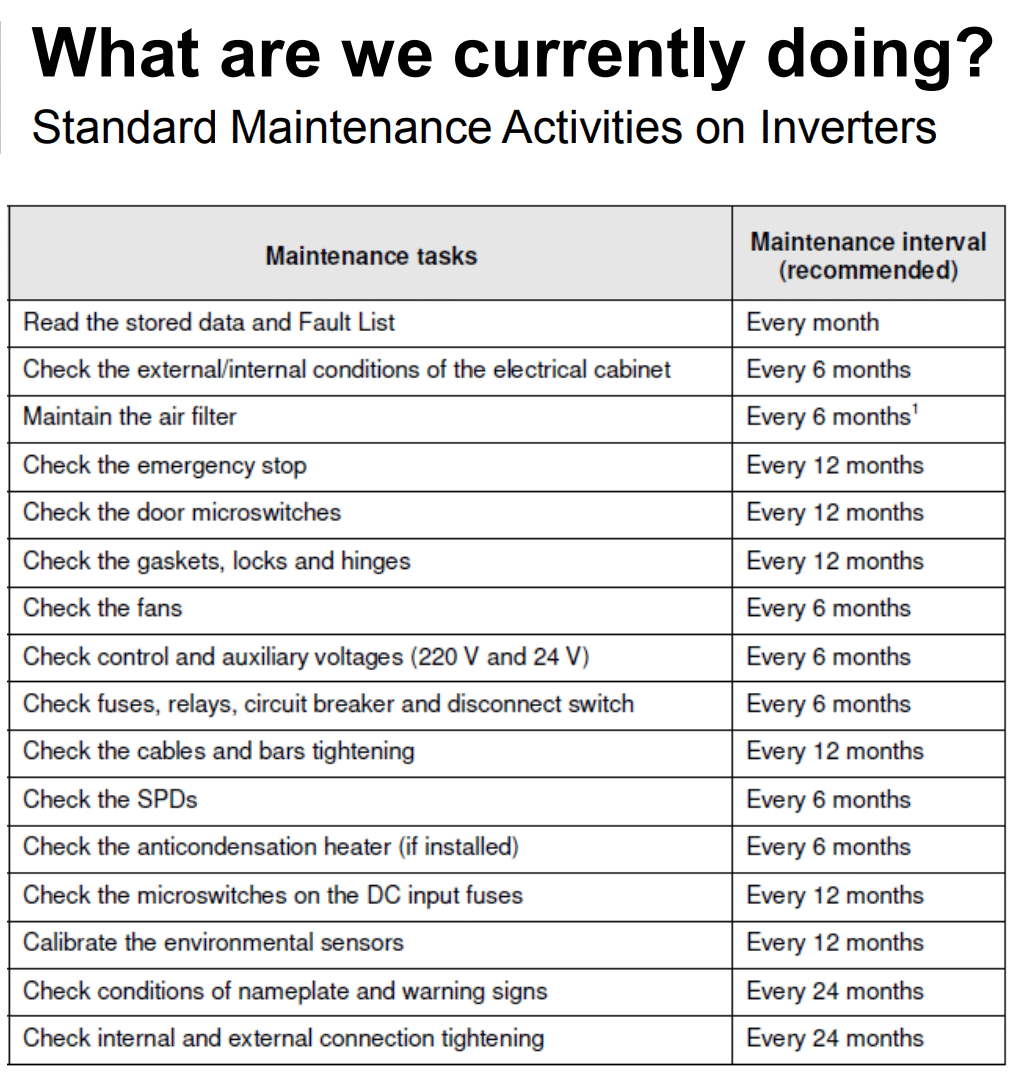
First off, he gave a great overview of standard inverter maintenance (above image) – and how it has certain flaws that limit the value of the human labor going on. Grandi suggested, tongue in cheek, that the above labor’s greatest value wasn’t in helping inverters stay healthy – but that it was in fact best at maintaining the warranty. The reason: 89% of inverter failures are random, and human interaction with hardware was a leading contributor to hardware failures.
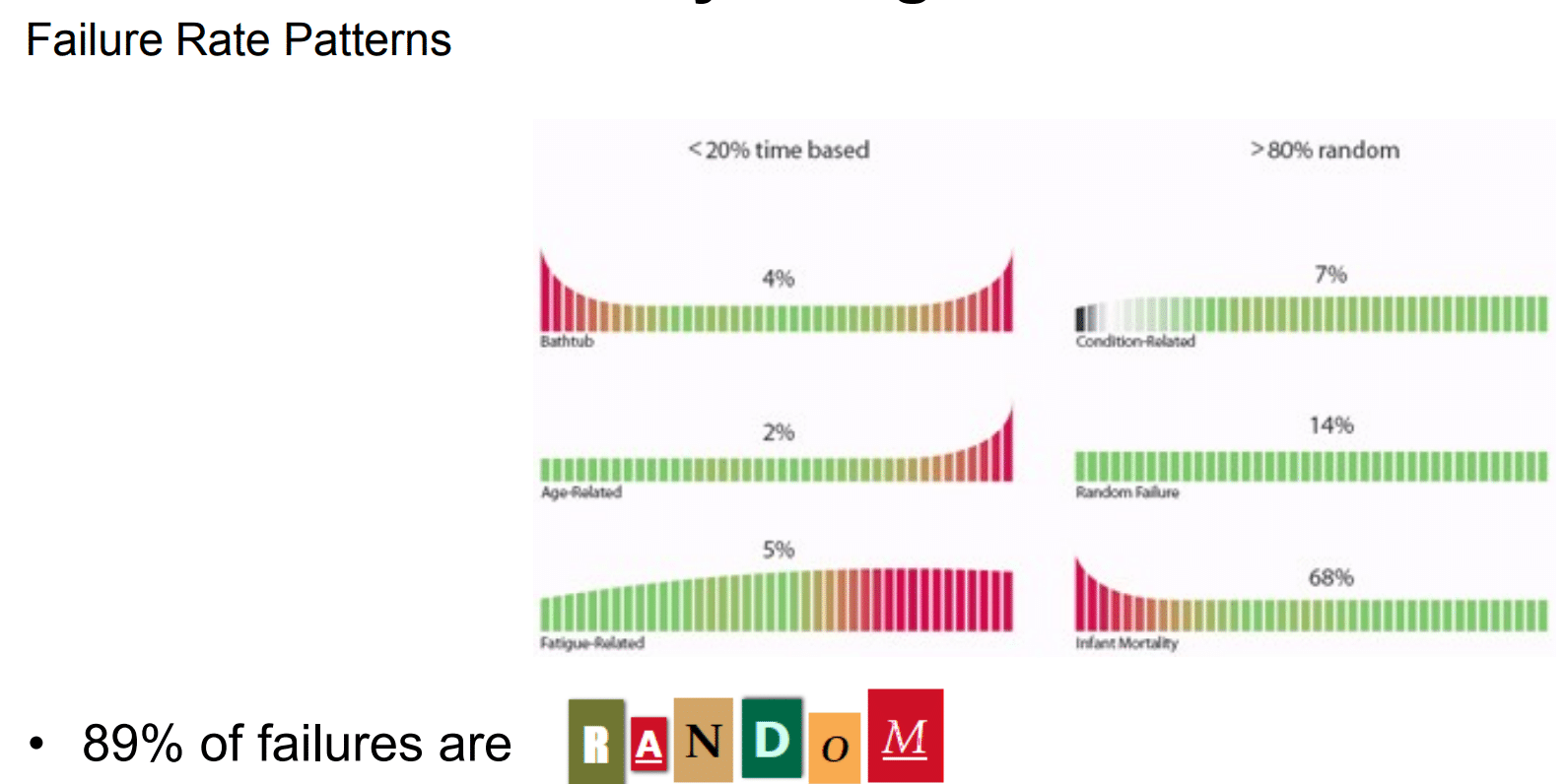
This led to a great talk about various ideas surrounding Condition-Directed Maintenance. And what this fundamentally means is that we need invest more early in our hardware by making it smarter, in our humans by training them greater, and our tools in picking those that do more for us. The investment challenge was the one that the solar industry must consider while it hammers down pricing, however, the long term benefits were a most predictable hardware replacement schedule, higher educated – thus higher quality, higher paid, and lower turnover of – O&M professionals, as well – of course – greater system uptime.
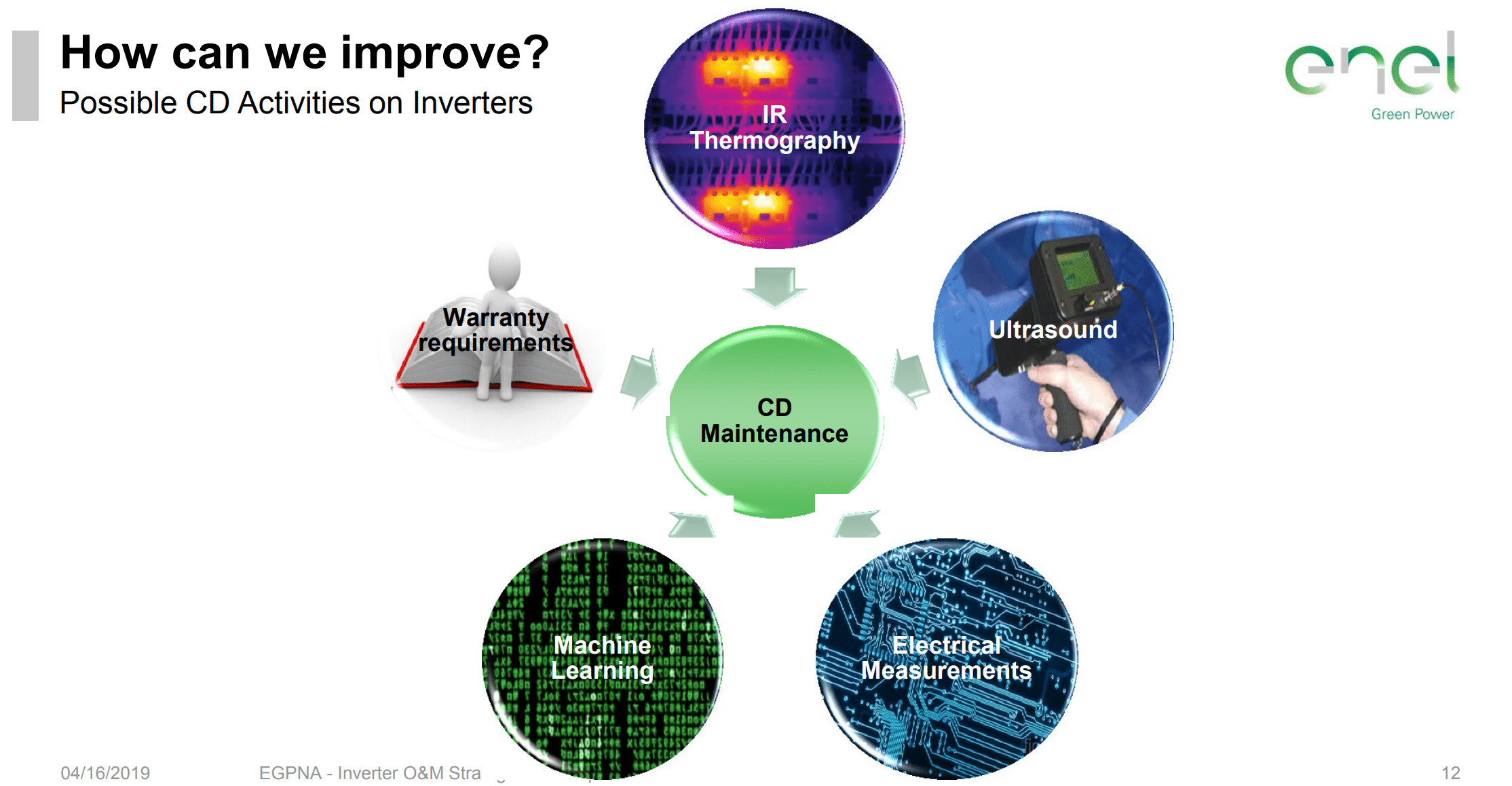
The above image shows some of the tools that were suggested to better pay attention to inverters. Already, we’re doing aerial drone thermography to help us analyze modules, now its being suggested we integrate these types of tool inside of solar hardware. As well, Grandi pointed out that we could – literally – listen to the sounds sub-components are making and predict their health and potential failure time frame.
Southern Power’s refined gentlemen Tyler Cromey spoke from first hand field experience how projected performance doesn’t always represent reality, and how you need tell the future in hardware if you’re going to compete economically in producing electricity.
The first reality that Cromey pointed out is the header image of this article – that reality versus projections are different. For instance, ever the best O&M contract is manned by human beings, human beings who sometimes are flawed and who decide not to clean the top row of solar panels. There’s more much though than humans – there are birders, foxes, squirrels, other rodents and more – and they’re part of our industry’s great land use responsibility to care for.
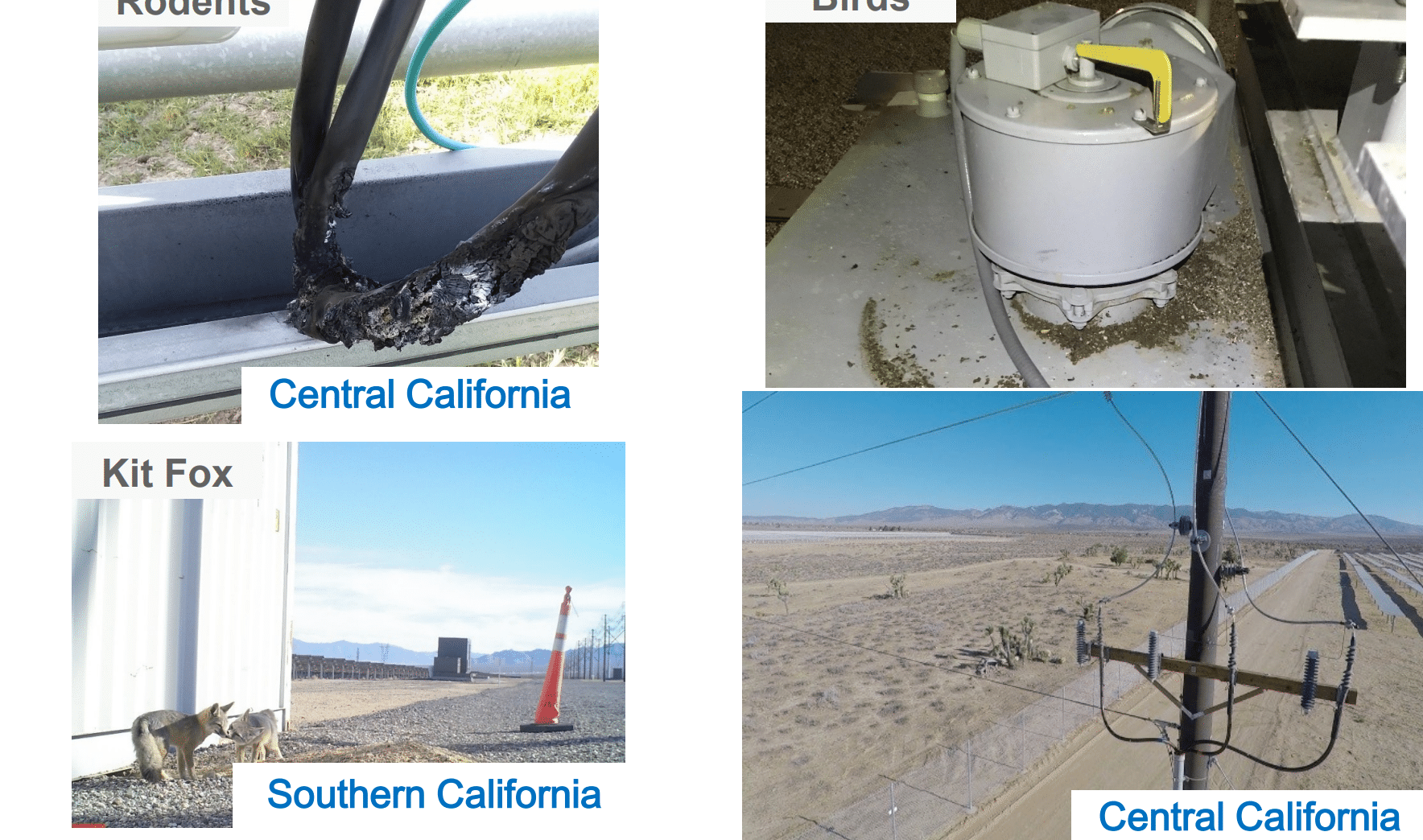
The most interesting preventative maintenance knowledge dropped came when talking about transformers. Southern Power has a nationwide portfolio of solar power, and a much larger fossil fleet, with greater than 500 megawatts of solar that they self perform O&M on. In that time, they’ve learned much about the gear needed to step up voltage from our 480 to the grids 13 kVa and greater – and sometimes (below image) that hardware catches on fire. Cromey noted that generator step-up (GSU) transformers often serves as the largest single point of failure for site operations.
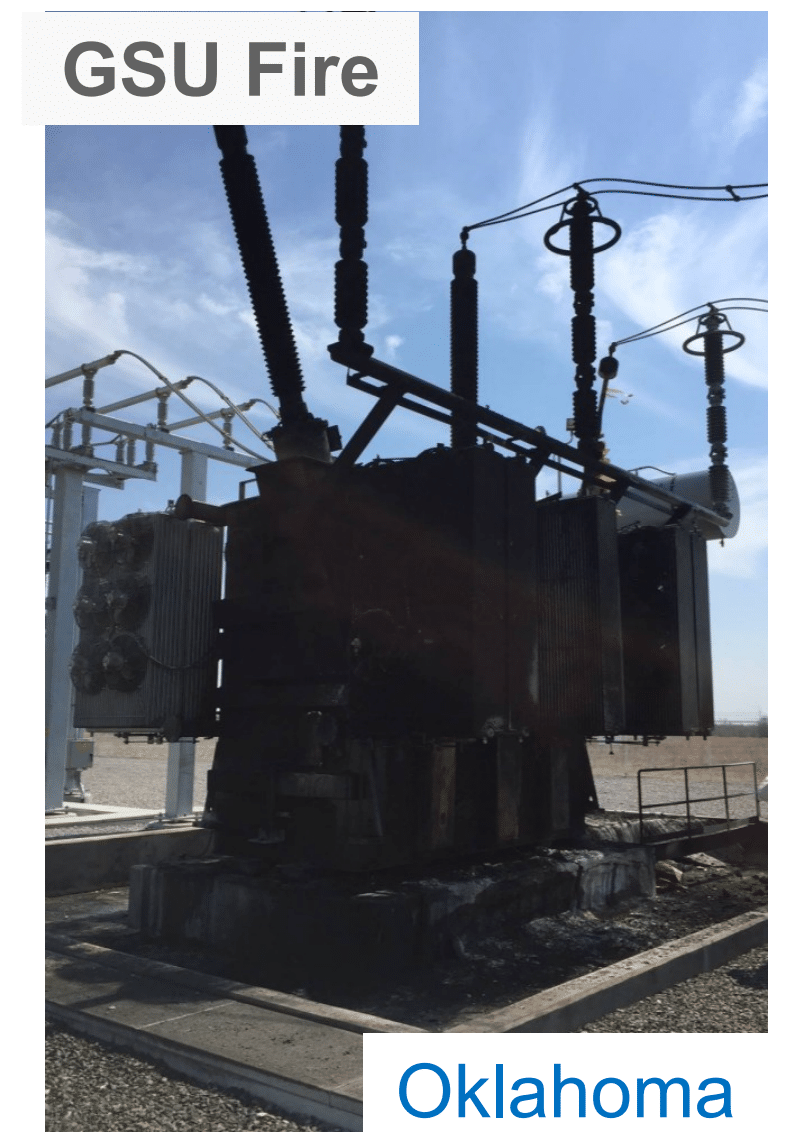
Common issues for this hardware include tank leaks, bushing failures, bushing connections, loose tap changer contacts, and core ground issues/core overheating. And because this hardware has such long lead times for manufacturing of these units, many owners – Southern Power included – are choosing to purchase spare units.
Southern Power has a strategy for GSUs that encompass their entire renewable fleet. Many of their facilities have spare GSUs located onsite and ready to be deployed if necessary. For 13 of Southern Power’s sites, we are looking to acquire a resiliency spare that would be stationed in Memphis. That spare would have multiple configurations, which would allow it to serve 13 of their renewable sites. This resiliency spare could be deployed to any of those 13 sites and operational within one week, instead of the typical 12-18 month lead time for manufacturing a new GSU.
Not only that though, but Southern Power, much like Enel invisions with inverters, actively monitors these units to project future failures, which further lowers system as hardware on this size takes down whole power plants – versus just strings.
Of course, far more nuance and knowledge was communicated than I was able to write about was covered by these two professionals – and that’s why we go to solar power conferences. So, if you’re into operations and maintenance of solar power – then maybe consider a visit. This author from pv magazine USA will be there.
This content is protected by copyright and may not be reused. If you want to cooperate with us and would like to reuse some of our content, please contact: editors@pv-magazine.com.
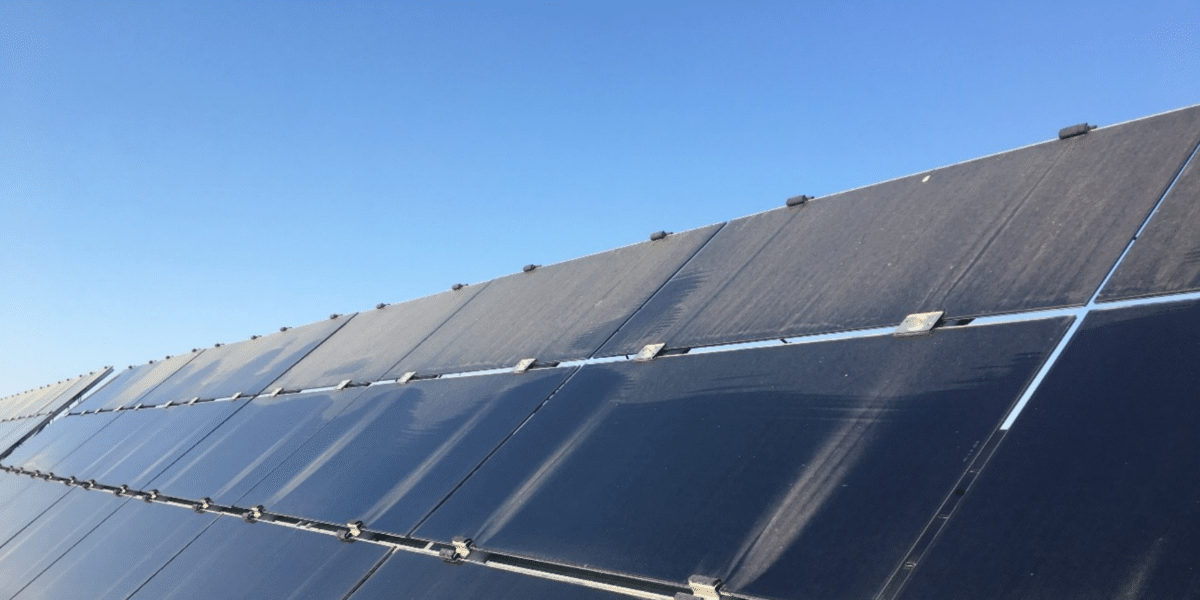







SCADA and telemetry has been a large part of the large scale automation process for about 40 years. Back in 2001 the inverter company Xantrex came out with the XW6048 inverter/charger system for the grid tied, grid tied with energy storage and off grid system with the same hardware, just programming changes in the system to select what one wanted to do. Now Schneider owns the intellectual property and still produces the Conext XW6048. This system was used in a remote irrigation canal control system using a GE Versamax PLC. It took a while, but I was able to get the PLC to poll the Xantrex system for status and failure bits related to the system. It’s still working today.